Increased Health Awareness
The Health and Wellness Food Market experiences a notable surge in consumer health consciousness. Individuals are increasingly prioritizing their well-being, leading to a heightened demand for nutritious food options. This trend is reflected in the market, where the health food segment is projected to grow at a compound annual growth rate of approximately 8% over the next five years. Consumers are actively seeking products that promote health benefits, such as immunity support and weight management. This shift in consumer behavior is driving manufacturers to innovate and expand their offerings, thereby enhancing the overall landscape of the Health and Wellness Food Market.
Focus on Sustainable Practices
Sustainability is becoming a central theme within the Health and Wellness Food Market. Consumers are increasingly concerned about the environmental impact of their food choices, leading to a demand for sustainably sourced and produced products. This shift is reflected in the growing popularity of brands that prioritize eco-friendly practices, such as reducing packaging waste and sourcing ingredients responsibly. Market Research Future indicates that products with sustainability certifications are likely to see a sales increase of up to 15% in the coming years. As a result, companies are adapting their strategies to align with consumer values, thereby driving growth in the Health and Wellness Food Market.
Rise of E-commerce in Food Retail
The Health and Wellness Food Market is experiencing a transformative shift with the rise of e-commerce platforms. Online grocery shopping has gained traction, providing consumers with convenient access to a wide array of health-focused products. Recent statistics suggest that online food sales are projected to account for over 20% of total food sales by 2025. This trend is particularly appealing to health-conscious consumers who seek the convenience of home delivery and the ability to compare products easily. Retailers are increasingly investing in their online presence, thereby expanding their reach and enhancing the overall shopping experience within the Health and Wellness Food Market.
Growing Demand for Organic Products
The Health and Wellness Food Market is witnessing a significant rise in the demand for organic food products. As consumers become more discerning about food sources, the preference for organic options is evident. Recent data indicates that the organic food market is expected to reach a valuation of over 300 billion dollars by 2025. This trend is fueled by concerns regarding pesticide use and the desire for cleaner, healthier food choices. Retailers are responding by increasing the availability of organic products, which in turn is reshaping the Health and Wellness Food Market. The emphasis on organic foods aligns with broader health trends, making it a pivotal driver in the market.
Technological Advancements in Food Production
Technological innovations are playing a crucial role in the evolution of the Health and Wellness Food Market. Advances in food processing, preservation, and packaging technologies are enabling manufacturers to create healthier products with extended shelf lives. For instance, the use of high-pressure processing and natural preservatives is becoming more prevalent, allowing for the retention of nutrients without compromising safety. This technological progress not only enhances product quality but also meets the growing consumer demand for convenience and health benefits. As a result, the Health and Wellness Food Market is likely to see an influx of innovative products that cater to health-conscious consumers.


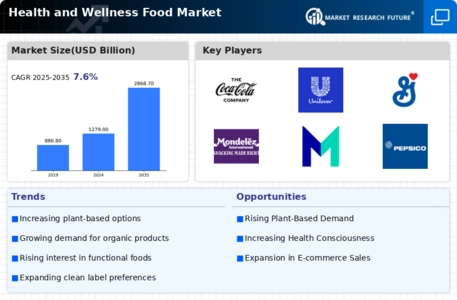
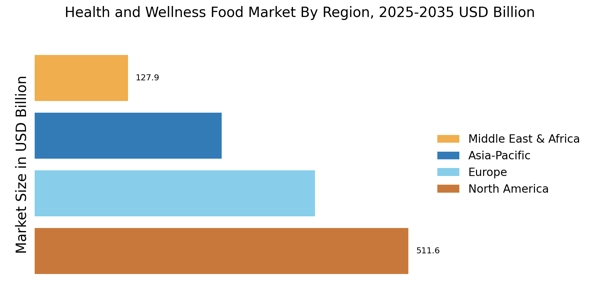
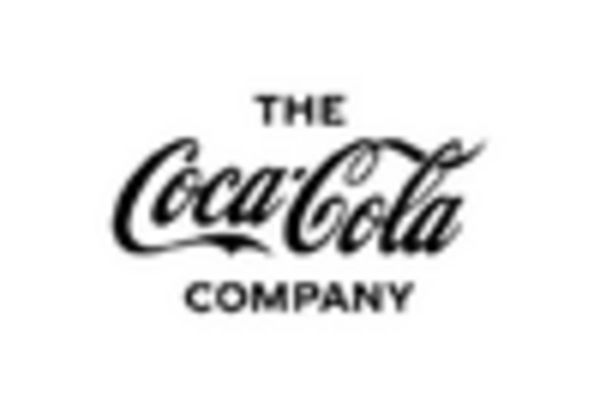
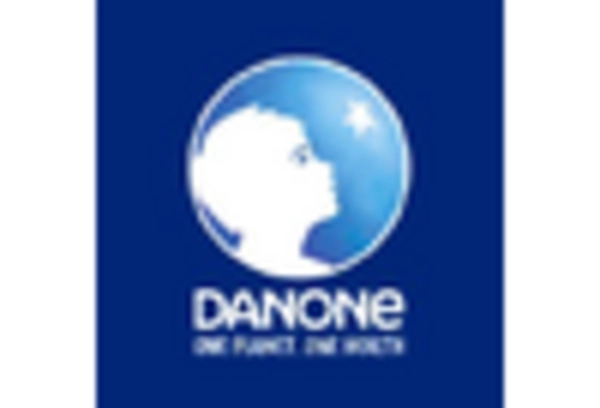
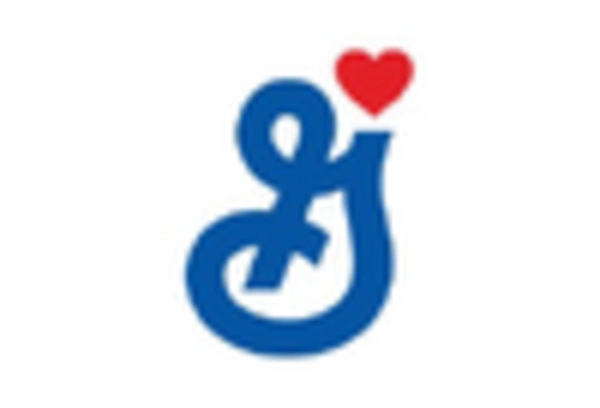
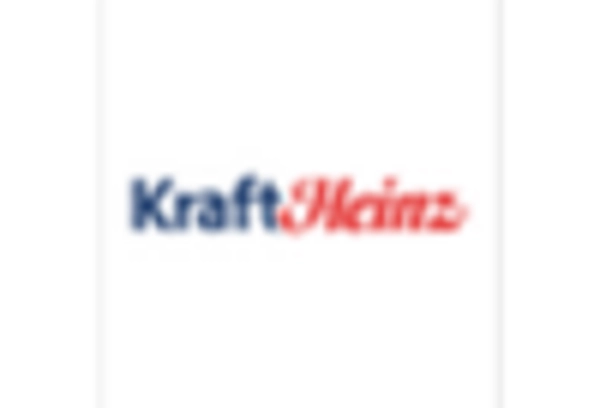

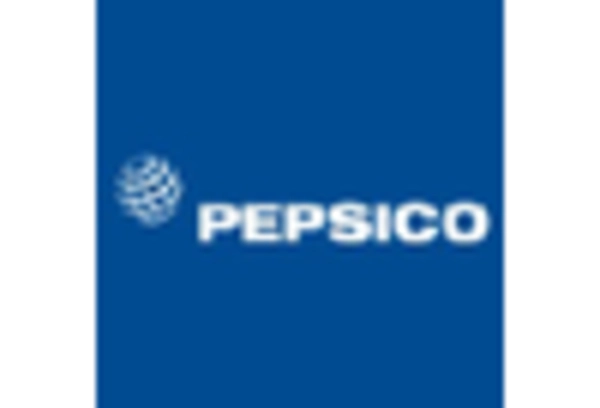








Leave a Comment